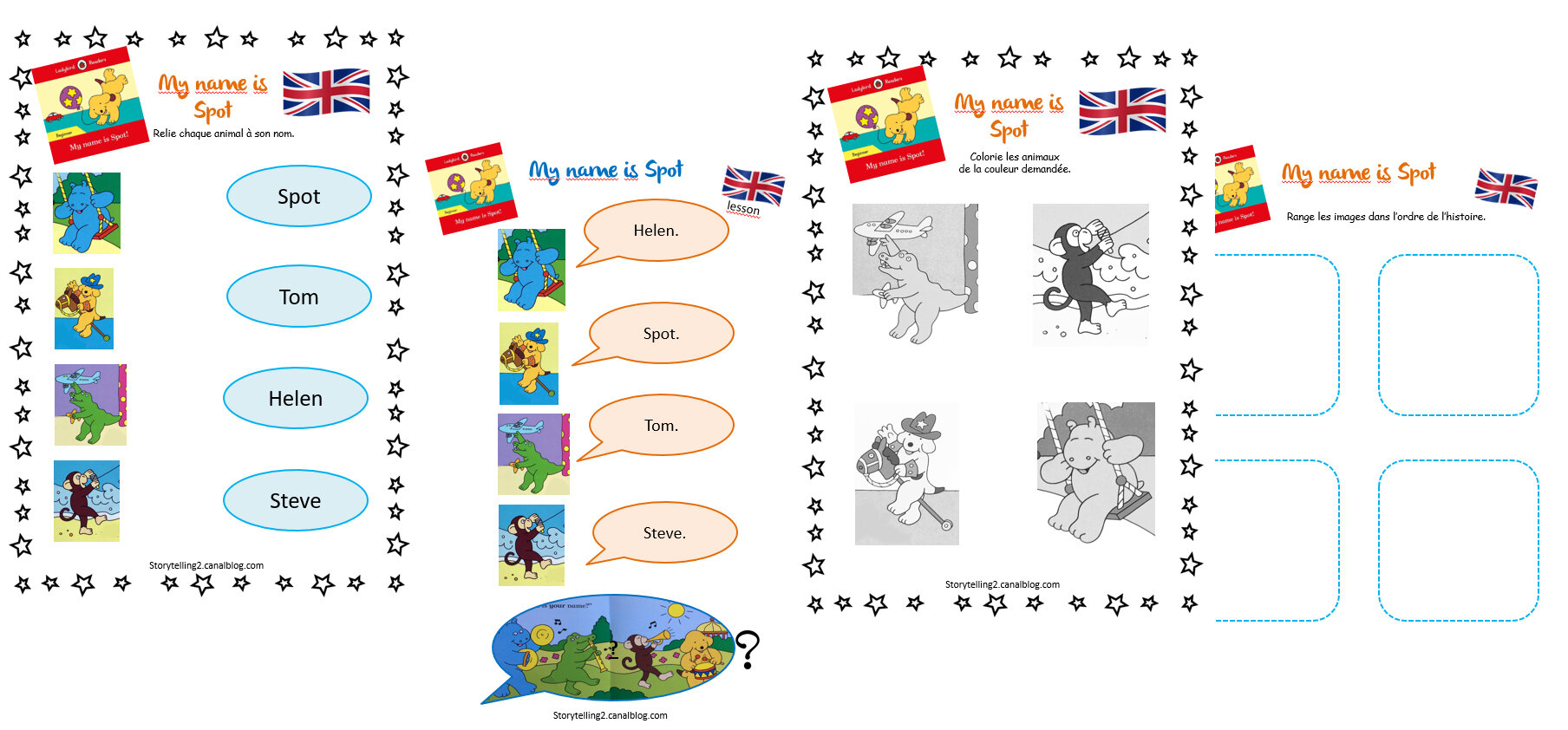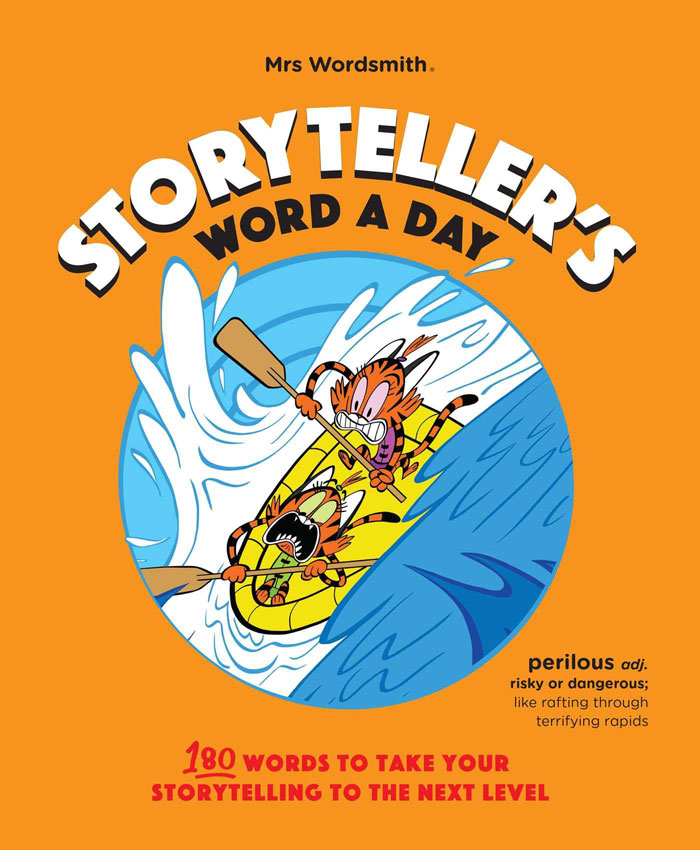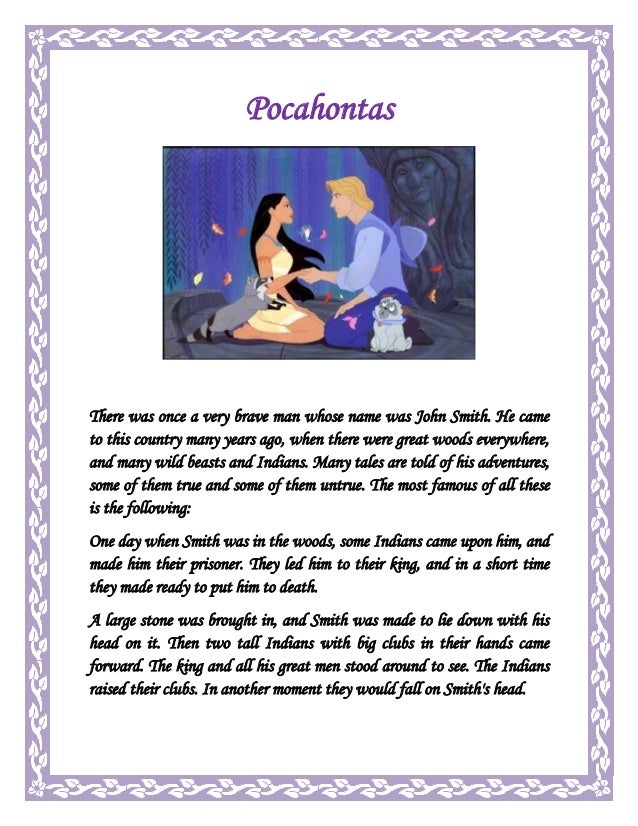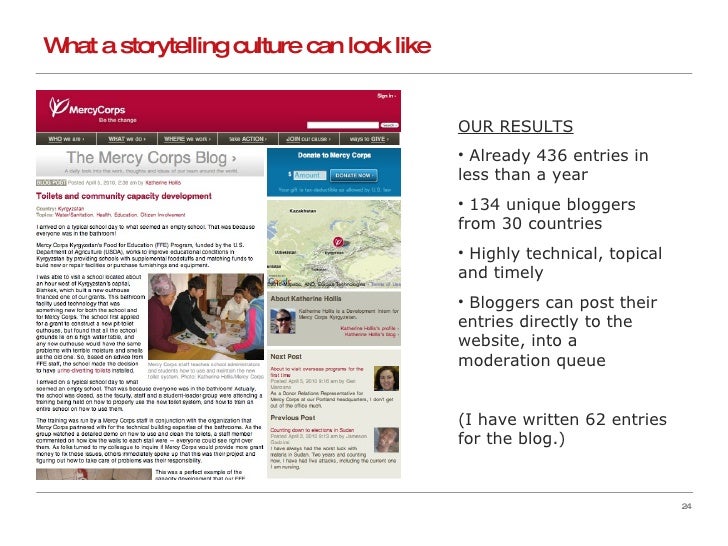Storytelling, intertwined with the development of mythologies,predates writing. The earliest forms of storytelling were usually oral, combined with gestures and expressions. ] believe that rock art, in addition to a role in religious rituals, may have served as a form of storytelling for many ancient cultures. The Australian aboriginal people painted symbols which also appear in stories on cave walls as a means of helping the storyteller remember the story.
The story was then told using a combination of oral narrative, music, rock art and dance, which bring understanding and meaning to human existence through the remembrance and enactment of stories. People have used the carved trunks of living trees and ephemeral media to record folktales in pictures or with writing. Complex forms of tattooing may also represent stories, with information about genealogy, affiliation and social status. Because using words to tell stories is so fundamental to our everyday experience,narration, a fancy word for storytelling, is the perfect place to start our composition course in earnest. For many students, a narrative essay, one which requires to writer to tell a story of some sort, is the most comfortable and enjoyable kind of assignment to tackle.
This is especially true if you are interested in creative writing or have aspirations of publishing short stories, screenplays, or novels. In order to approach branding differently, we have to start by letting go of the age-old perspective of the power of stories and storytelling. Don't get me wrong; I am not saying storytelling is never relevant. I am saying that it isn't the only answer when it comes to shaping brands.
Nowadays, digital media and information overload make it very hard for stories to be as compelling as they once were. It is time to get over branded content, and storytelling because 2021 will be all about crafting brand narratives. "But isn't narrative just another word for story," you ask? Well, maybe they are not so similar to what we would think. Here are some different words for storytellers and how they have changed over time. The art of narrative is, by definition, an aesthetic enterprise, and there are a number of artistic elements that typically interact in well-developed stories.
Stories are based on values passed down by older generations to shape the foundation of the community. Storytelling is used as a bridge for knowledge and understanding allowing the values of "self" and "community" to connect and be learned as a whole. Storytelling in the Navajo community for example allows for community values to be learned at different times and places for different learners.
Stories are told from the perspective of other people, animals, or the natural elements of the earth. In this way, children learn to value their place in the world as a person in relation to others. Typically, stories are used as an informal learning tool in Indigenous American communities, and can act as an alternative method for reprimanding children's bad behavior. In this way, stories are non-confrontational, which allows the child to discover for themselves what they did wrong and what they can do to adjust the behavior.
Stories are effective educational tools because listeners become engaged and therefore remember. Storytelling can be seen as a foundation for learning and teaching. While the storylistener is engaged, they are able to imagine new perspectives, inviting a transformative and empathetic experience.
This involves allowing the individual to actively engage in the story as well as observe, listen and participate with minimal guidance. Listening to a storyteller can create lasting personal connections, promote innovative problem solving and foster a shared understanding regarding future ambitions. The listener can then activate knowledge and imagine new possibilities. Together a storyteller and listener can seek best practices and invent new solutions.
Because stories often have multiple layers of meanings, listeners have to listen closely to identify the underlying knowledge in the story. Storytelling is used as a tool to teach children the importance of respect through the practice of listening. As well as connecting children with their environment, through the theme of the stories, and give them more autonomy by using repetitive statements, which improve their learning to learn competence. It is also used to teach children to have respect for all life, value inter-connectedness and always work to overcome adversity. To teach this a Kinesthetic learningstyle would be used, involving the listeners through music, dream interpretation, or dance. Human knowledge is based on stories and the human brain consists of cognitive machinery necessary to understand, remember and tell stories.
Humans are storytelling organisms that both individually and socially, lead storied lives. Stories mirror human thought as humans think in narrative structures and most often remember facts in story form. Facts can be understood as smaller versions of a larger story, thus storytelling can supplement analytical thinking. Because storytelling requires auditory and visual senses from listeners, one can learn to organize their mental representation of a story, recognize structure of language and express his or her thoughts. Storytelling has also been studied as a way to investigate and archive cultural knowledge and values within indigenous American communities.
Iseke's study on the role of storytelling in the Metis community, showed promise in furthering research about the Metis and their shared communal atmosphere during storytelling events. This was a powerful tool for the community to engage and teach new learner shared references for the values and ideologies of the Metis. Through storytelling, the Metis cemented the shared reference of personal or popular stories and folklore, which members of the community can use to share ideologies.
In the future, Iseke noted that Metis elders wished for the stories being told to be used for further research into their culture, as stories were a traditional way to pass down vital knowledge to younger generations. Storytelling is an art form as old as time and has a place in every culture and society. Because stories are a universal language that everyone — regardless of dialect, hometown, or heritage — can understand. Stories stimulate imagination and passion and create a sense of community among listeners and tellers alike. Bovalino is chief storyteller at Avio Aero, a GE Aviation business. His typical day, says Bovalino, is really only 40 percent composing; the rest is seeking out the story.
Those stories run in Avio Aero's About magazine, as well as GE Aviation's The Bike Shop and GE Reports. The latter, like Microsoft's Stories, is oft-cited as content marketing best practice. Storytelling is the cultural practice of sharing stories with others. There are many forms of storytelling—oral, digital, and written—and the medium used is often reflective of the people telling the stories. Each group has specific tales they tell and many serve a purpose such as entertainment, cultural preservation, or instilling moral values. Photography, while also a form of art, is often a part of storytelling, especially in its digital form.
One indication the art of photography has become its own form of storytelling is the phrase "a picture is worth 1,000 words." Capture your students in action with these materials on storytelling and photography. This module discusses the stories we tell to make sense of the world. The importance of storytelling to human existence is explained.
Narration is then introduced as another word for this storytelling, and its connection to other academic writing and description is discussed. Examples are provided of perspective and point-of-view, and the primary components of narrative writing are introduced to help writers begin constructing their own stories. Chronological order, the ordering of events through time, is explained, as is the concept of the flashback, jumping backwards in time. The prewriting strategies of questioning and freewriting are introduced as ways to generate ideas for a narrative. Outlining is emphasized as necessary for the construction of logical, cohesive papers. Finally, the importance of using transitions to connect ideas when composing is discussed.
Storytelling festivals typically feature the work of several storytellers and may include workshops for tellers and others who are interested in the art form or other targeted applications of storytelling. In many ways, the art of storytelling draws upon other art forms such as acting, oral interpretation and Performance Studies. Some people also make a case for different narrative forms being classified as storytelling in the contemporary world. For example, digital storytelling, online and dice-and-paper-based role-playing games.
In traditional role-playing games, storytelling is done by the person who controls the environment and the non-playing fictional characters, and moves the story elements along for the players as they interact with the storyteller. The game is advanced by mainly verbal interactions, with dice roll determining random events in the fictional universe, where the players interact with each other and the storyteller. This type of game has many genres, such as sci-fi and fantasy, as well as alternate-reality worlds based on the current reality, but with different setting and beings such as werewolves, aliens, daemons, or hidden societies.
These oral-based role-playing games were very popular in the 1990s among circles of youth in many countries before computer and console-based online MMORPG's took their place. Despite the prevalence of computer-based MMORPGs, the dice-and-paper RPG still has a dedicated following. In addition to its traditional forms (fairytales, folktales, mythology, legends, fables etc.), it has extended itself to representing history, personal narrative, political commentary and evolving cultural norms.
Contemporary storytelling is also widely used to address educational objectives. New forms of media are creating new ways for people to record, express and consume stories. Tools for asynchronous group communication can provide an environment for individuals to reframe or recast individual stories into group stories. Games and other digital platforms, such as those used in interactive fiction or interactive storytelling, may be used to position the user as a character within a bigger world.
Documentaries, including interactive web documentaries, employ storytelling narrative techniques to communicate information about their topic. Self-revelatory stories, created for their cathartic and therapeutic effect, are growing in their use and application, as in Psychodrama, Drama Therapy and Playback Theatre. Storytelling is also used as a means by which to precipitate psychological and social change in the practice of transformative arts.
Story forms have evolved continually since the days of the shaman. Literary genres from epic poetry to drama to the novel use stories as political or social calls to action. Technological breakthroughs—movable type, movies, radio, television, the internet—have provided new ways of recording, presenting, and disseminating stories. But it isn't special effects or the 0's and 1's of the digital revolution that matter most—it's the oohs and aahs that the storyteller evokes from an audience.
State-of-the-art technology is a great tool for capturing and transmitting words, images, and ideas, but the power of storytelling resides most fundamentally in "state-of-the-heart" technology. A great storyteller never tells a story the same way twice. Instead, she sees what is unique in each storytelling experience and responds fully to what is demanded. A story involving your company should sound different each time.
Whether you tell it to 2,000 customers at a convention, 500 salespeople at a marketing meeting, ten stock analysts in a conference call, or three CEOs over drinks, you should tailor it to the situation. In the case of my pitch to Castro, the story had to seem spontaneous, a natural response to the inspiring historic setting of Marina Hemingway (itself named after one of the twentieth century's great storytellers). And it did, though the information had been gathered in advance. Its organization and delivery were in essence the "premiere" of this particular story. Figuring out why your company exists, and then telling that story to your prospective customers through marketing messages from social media posts, to your blog, to advertisements and videos, is the goal of brand storytelling. Using graphics, videos and imagery to share a story often using qualitative and quantitative data as a reference is what defines visual storytelling.
In the context of a brand whether it is by creating big data visualizations or using graphics that basically re-purpose your existing content, you've got a lot to win by using this technique. In film people often say there are only 7 basic stories, rest are just modifications. A brand story must be able to get the consumers intrigued and make them emotionally involvedand care for the products. As a brand you need to define the emotions or the triggers for your audience.
Once you know the triggers use storytelling techniques inspired from books, films or other media to share your content in a manner that allows people to engage. Here are storytelling techniques from films that you can use to inspire yourself! The success of a brand lays in its abilities to incarnate the collective meaning of a larger community. A way to consider branding is to see it as a set of techniques designed to generate cultural relevance. Of course, story and narrative are cousins, and most of us use these two terms interchangeably, but when it comes to branding, they do fundamentally different work. Instead, they persist and expand over time, continuously unfolding, and shaped and filled in by the audience.
Dashboards create a burden on analytics teams by providing data alone. They do not tell you what it means, or how it can be used. They lack context and purpose, and they aren't easy to share, particularly when information requests come from various internal and external stakeholders. For thousands of years humans have relied on storytelling to convey information, using narrative and visualisations to communicate. In contrast to dashboards, data storytelling combines all of this in a powerful tool that drives action, and gives a new level of ownership to knowledge.
A Nielsen study shows consumers want a more personal connection in the way they gather information since human brains are more engaged by storytelling than by the presentation of facts alone. When reading pure data, only the language parts of the brain work to decode the meaning. But when reading a story, both the language parts and those parts of the brain that would be engaged if the events of the story were actually experienced are activated. When children listen to stories, they periodically vocalize their ongoing attention and accept the extended turn of the storyteller. The emphasis on attentiveness to surrounding events and the importance of oral tradition in indigenous communities teaches children the skill of keen attention. For example, Children of the Tohono O'odham American Indian community who engaged in more cultural practices were able to recall the events in a verbally presented story better than those who did not engage in cultural practices.
Body movements and gestures help to communicate values and keep stories alive for future generations. Elders, parents and grandparents are typically involved in teaching the children the cultural ways, along with history, community values and teachings of the land. During the telling of the story, children may act as participants by asking questions, acting out the story, or telling smaller parts of the story.
Furthermore, stories are not often told in the same manner twice, resulting in many variations of a single myth. This is because narrators may choose to insert new elements into old stories dependent upon the relationship between the storyteller and the audience, making the story correspond to each unique situation. As a filmmaker, I need to understand how stories touch audiences—why one story is an instantly appealing box office success while another fails miserably to connect. I've been fortunate enough to work with some of the world's most talented storytellers—gifted directors, novelists, screenwriters, actors, and other producers—and from them I've gleaned insights into the alchemy of great stories. Make no mistake, a hit movie is still an elusive target, and I've had my share of flops.
But experience has at least provided me with a clear sense of the essential elements of a story and how to tap into its power. It's important to understand how these different elements combine and work together in data storytelling. When narrative is coupled with data, it helps to explain to your audience what's happening in the data and why a particular insight is important. Ample context and commentary are often needed to fully appreciate an insight. When visuals are applied to data, they can enlighten the audience to insights that they wouldn't see without charts or graphs. Many interesting patterns and outliers in the data would remain hidden in the rows and columns of data tables without the help of data visualizations.























No comments:
Post a Comment
Note: Only a member of this blog may post a comment.